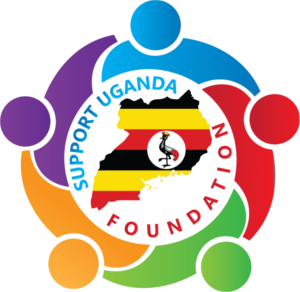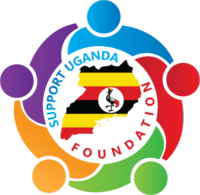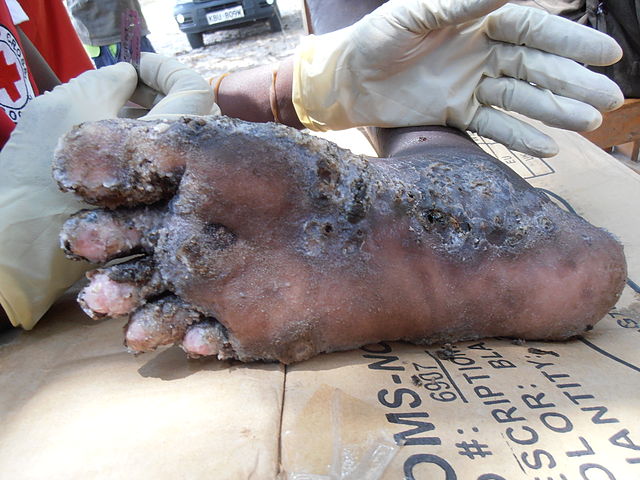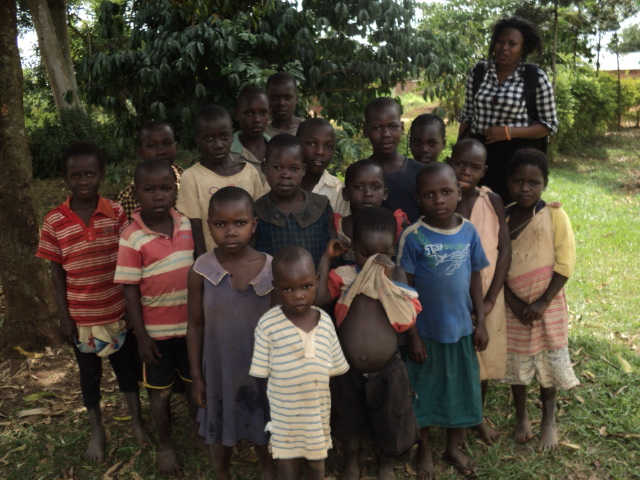
KiM Support Uganda Foundation (KSUF) Limited
02/06/2018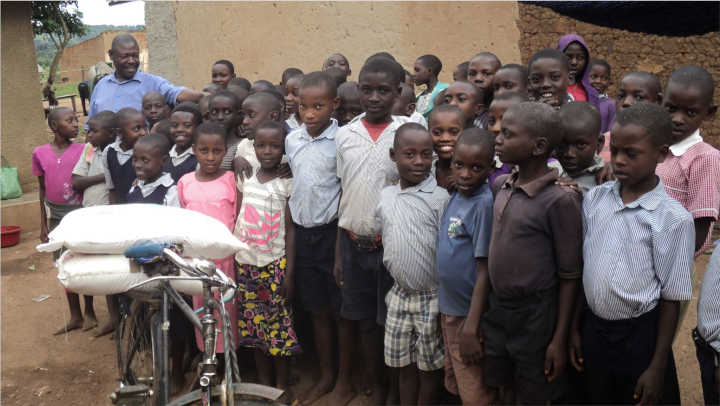
Our visit to Rwobuhura Child Development Center
08/06/2018Eliakims Project to fight infections from Jiggers
Concept note
Proposed Jigger Prevention and Eradication Outreach Program in East Africa Region (JPEEAR – PROGRAMME) in conjunction with Africa Alliance for Health, Research and Economic Development (AAHRED), and the Alliance for Africa’s Orphanages (AFAO)
Presented by ROCK OF FOUNDATION CHURCH, Homa Bay, Kenya
I am text block. Click edit button to change this text. Lorem ipsum dolor sit amet, consectetur adipiscing elit. Ut elit tellus, luctus nec ullamcorper mattis, pulvinar dapibus leo.
Incidence
In Kenya, the highest prevalence rates are found in: Central, Nyanza, Western, Coast and Rift valley regions. (These are Baringo, Bomet, Bungoma, Busia, Elgeyo Marakwet, Homa Bay, Kakamega, Kericho, Kiambu, Kilifi, Kirinyaga, Kisii, Kwale, Marsabit, Migori, Murang’a, Nandi, Nyamira, Nyeri, Samburu, Siaya, Taita-Taveta, Uasin Gishu and Vihiga counties.)
In Uganda, the highest prevalence rates are found in:
PROVIDE SAME INFORMATION RE UGANDA
Background
Kenya and Uganda are two countries in East Africa that grapple with jigger infestations. While it may seem that an affliction that affects an estimated four percent of the population is just an inconvenience but, in actuality, jigger infestations have hampered both countries’ attempts to achieve their GNP goals. Per capita social economic losses attributable to the disease have not been computed, but according to S.K. Ruttoh, et al., (1) who studied the problem in 2010, they are considerable.
Morbidity
The most at-risk population cohorts are children ages 5 to 14 years, the elderly, and physically and mentally disabled persons as the path of entry for the parasites is through openings in the skin. Infestations cause serious parasitic infections, mainly affecting the feet, but also fingers, knees, and elbows. Eventually, it becomes impossible for the hapless victims to use their limbs and fingers, causing serious difficulty in walking, until they are unable to attend school or work. This leaves the victim and his/her family unable to feed and/or care for themselves. Add to this the school hours lost, decreased agricultural productivity and loss of social capital due to stigma associated with the disease, all hamper economic development.
Problem Statement
Jigger infestations have negative impacts on the economy, as well as to the individual, the family, and the community. Absenteeism, school dropouts, decreased productivity and a decline in community health all have long-term results.
In addition, the traditional way of sharing sharp pins to remove the jiggers has also created an increased incidence of HIV/AIDS transmission. (The associated stigma that results from this complication leads to poor quality of life, loss of motivation and the isolation of the victims.)
This, complicated by the general low level of education and the limited access to information by rural populations to teach them how to prevent and/or treat jiggers infestations, has contributed to the problem, and prevented the adoption of simple remedies including: reducing parasite-carrying dust by simply (1) sealing cracks and crevices in their earthen dwellings to limit dust entry, (2) rendering the walls and floors smooth in order to make it easier to keep surfaces clean and ….WHAT ELSE?
Intervention Matrix
JPEEAR is proposed to be rolled out for an initial two months, as a pilot initiative, which will target the most affected county within Kenya and the most affected county within Uganda. The project will work closely with the Ministry of Health in each country, to ensure sustainability and continuity.
I WANT TO HEAR ABOUT THE INVOLVEMENT OF THE CHURCH, HERE!
JPEEAR will initially engage ten staff positions on a contractual basis, to include
- the overall Coordinator
- the county coordinator
- one medical assistant
- one office assistant
- fiscal auditor
- plus a total of five community health workers (which brings the total to 10) for one month in each location.
The community outreaches will create awareness and education. All jigger infested persons within the targeted communities will be put under treatment and a network of referrals will be made. It is expected that all identified infested households and schools will be fumigated to kill fleas.
Rock of Foundation Church will provide overall oversight and monitoring of the activities and also act as a liaison between the project and the religious community that will host the interventions. It is projected that the project will reach 10,000 (AMEND THIS NUMBER TO REFLECT THE ACTUAL NUMBERS OF THE WORST COUNTY IN KENYA AND THE WORST COUNTY IN UGANDA).
Goal of the Project
The Goal of the project will be to halt the spread of, and eradicate the jiggers (CORRECT NAME?) parasite, within two targeted counties; one county in Kenya and one in Uganda.
Objectives
To increase the level of participation of the community in maintaining proper behaviors to prevent jigger breeding and infestation.
To promote school attendance and the continued education of young children affected by the jigger parasite.
To contribute towards the reduction of spread of HIV/AIDS among the targeted population through the use of disposable needles and proper hygiene in jigger treatment and removal.
Proposed Activities
- Open a one jigger help, complete with communication equipment for collection of information
- Train Community health workers and volunteers
(If health workers are to deal effectively with ill community health, they need to understand common practices and learn communications strategies to deal with ignorance about the subject matter, poverty and attitudes.)
- Improve community participation and involvement in planning and implementation of health activities for sustainability (through training CHWs) which includes: – Health education – Sanitation improvement – Nutrition improvement
- Create Awareness through Educational Campaigns to reduce stigma and discrimination.
Improve the level of knowledge and skills of all people in the targeted areas on prevention and control of jiggers.
Health communication will be geared towards improving health outcomes by encouraging behavior modification and social change. It will inform the public about health concerns and put key health issues on the public agenda, which will in turn improve the dwelling environment of people in the target areas to prevent inhabitation and breeding of jiggers.
- Provide treatment and medication
- Rescue and refer intractable cases to clinics (or, hospitals when appropriate), at reduced charge, for treatment.
- Purchase and distribute shoes to ALL children and at-risk populations
- Remand the environment to prevent continued exposure
Spray and disinfect targeted households and schools and, seal openings in the structure to thwart re-infestation.
- Initiate a program of regular visits by mobile clinics to visit the affected areas on a regular basis, for treatment and to avert re-infection.
(This aspect of the project will partner with the targeted county Ministry of Health and leverage on the already present mobile clinic vans.)
Galatians 6:9- ‘Let us not grow weary of doing good, for in due season we shall reap if we do not lose heart!’
Jiggers are sand fleas
Source: wikipedia
Jiggers is a parasitic infestation that usually enters the body through a break in the skin of the feet, an affliction that affects poor, shoeless people. African orphans are frequently victims. We need help to fight this disease. Our effort will be focused on Kenya and Uganda, initially. We will stage outreach programs to locate and treat victims with medication and sanitation. You can help us to pay for shoes, medications and equipment plus mobilization expenses.
Our plans are:
- get medicine and supplies
- hire medical personal
- purchase and distribute shoes
- mobilization
[wpedon id=1759]
